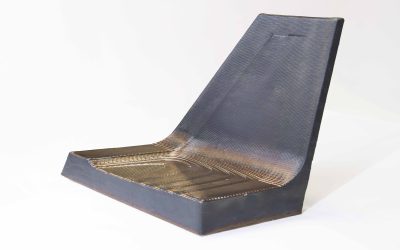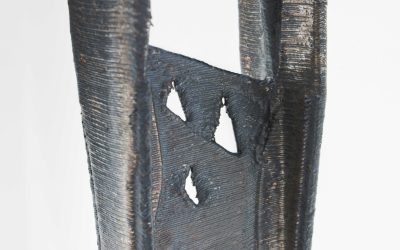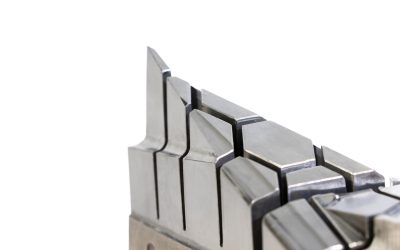The adoption of advanced manufacturing technologies is transforming industries, and the marine defence sector is no exception. At the forefront of this revolution is Meltio’s hybrid metal printing technology, a breakthrough that integrates additive and subtractive manufacturing into one single system. During the 2024 Rim of the Pacific (RIMPAC) exercise, this cutting-edge technology played a pivotal role aboard the USS Somerset, a San Antonio-class amphibious transport dock.
This blog explores how Meltio’s wire-laser metal 3D printing technology is changing the future of naval operations, improving readiness and redefining maritime logistics.
1. The engineering challenge: A critical pump failure
Naval operations are complex by nature and are often conducted far from shore-based support systems. Equipment failure in these environments can have serious consequences, especially when critical systems are involved. This reality was highlighted at the start of RIMPAC 2024, the world’s largest maritime exercise involving 29 nations, 40 ships and more than 25,000 personnel.
Snowbird Additive Mobile Manufacturing Technology (SAMM Tech), with the Meltio wire laser 3D print head for the system, was recently installed aboard the USS Somerset (LPD-25), a San Antonio-class amphibious transport dock participating in RIMPAC.
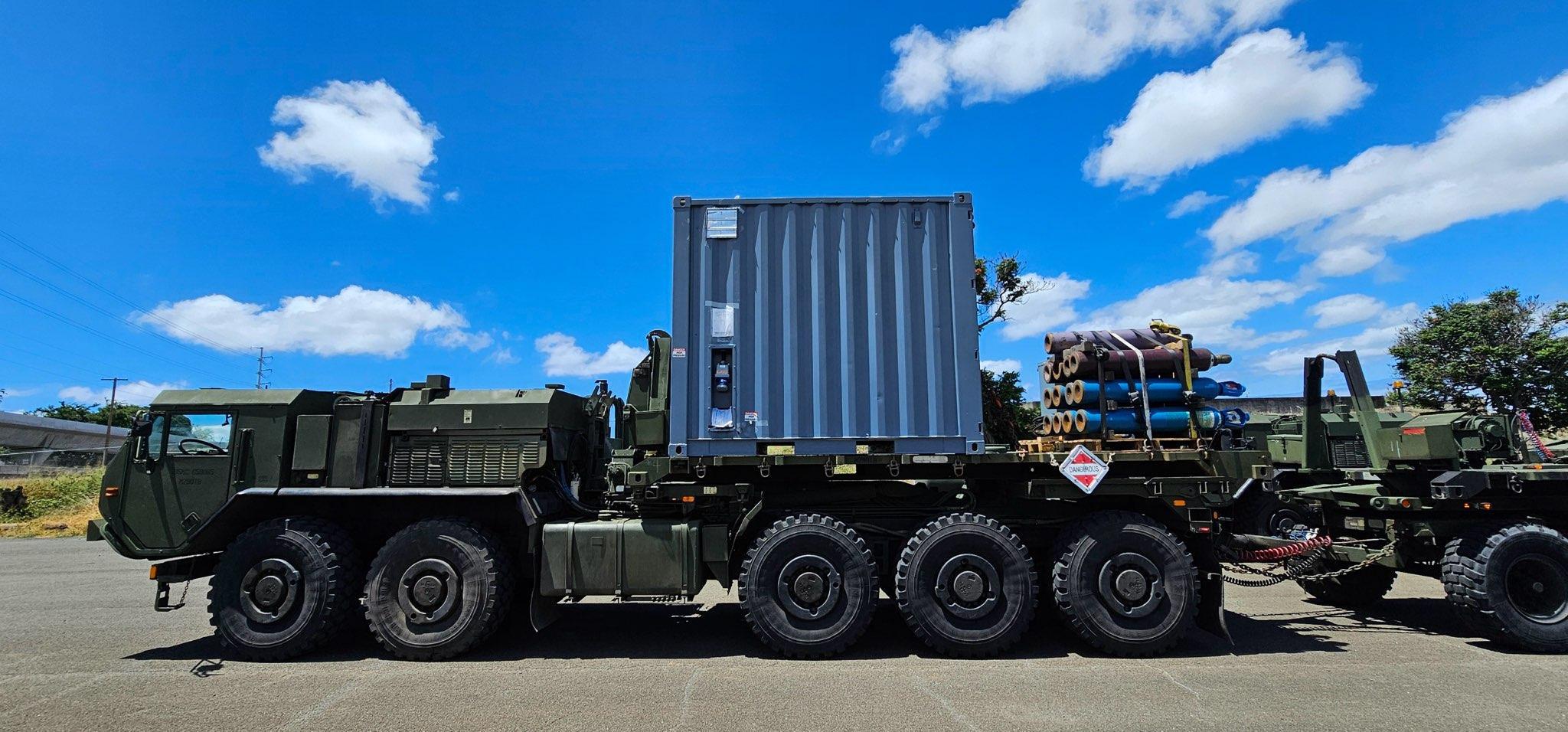
Shortly after the USS Somerset began its deployment, a critical component of its reverse osmosis pump broke. This pump is essential for the production of clean drinking water, a necessity to sustain the crew for extended periods at sea. Without it, the ship’s ability to operate would have been compromised, potentially shortening its deployment.
2. Troubleshooting onboard the Somersets with Meltio Additive Manufacturing
Traditionally, replacing such a part would mean waiting weeks or even months for a replacement to arrive through established supply chains. This delay could have derailed Somerset’s mission.
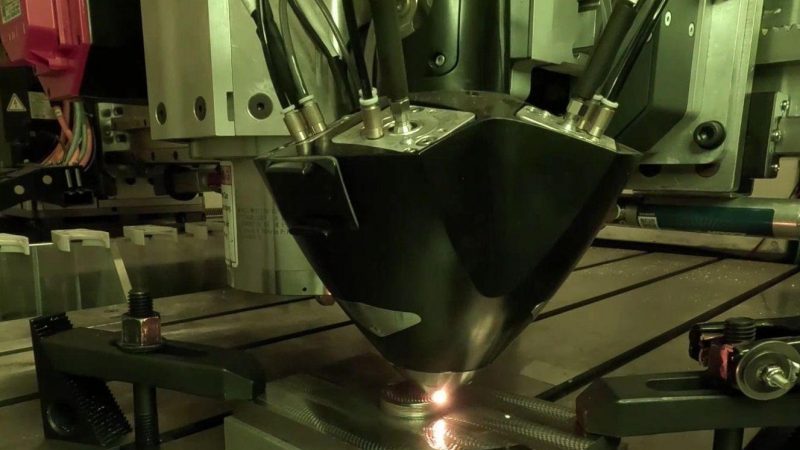
However, thanks to Snowbird’s Meltio system, SAMM Tech, which combines Meltio’s metal wire-directed energy deposition (DED) print head with a FANUC-controlled CNC system, the crew was able to produce a replacement part in a matter of hours, restoring the pump and ensuring the ship’s operational readiness.
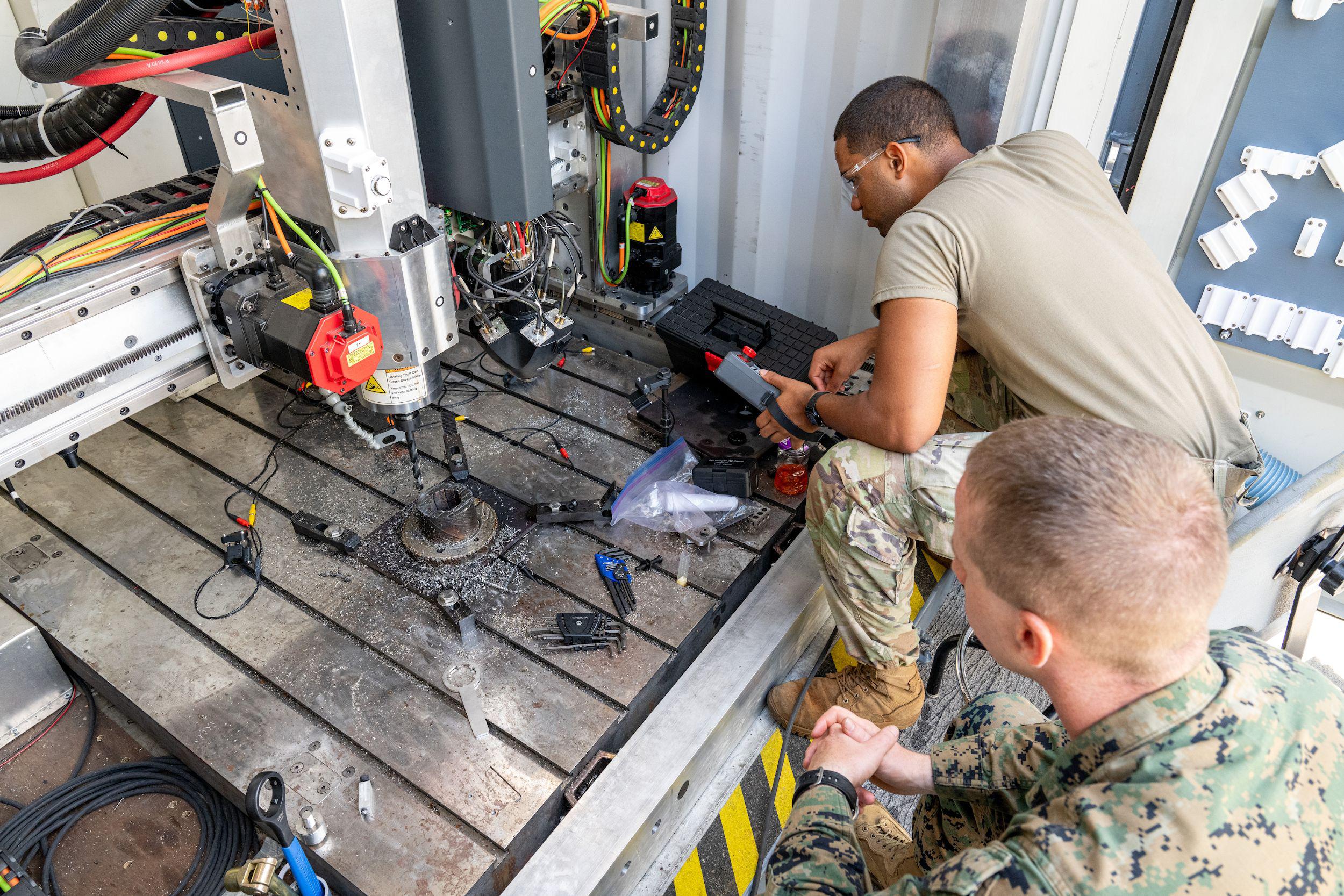
“What we didn’t expect was that we would have the opportunity to directly help ship readiness so soon, especially for something as mission-essential as a reverse osmosis pump, where if you run out of water you’re going to be coming home pretty quick.”
This hybrid manufacturing solution has a revolutionary advantage for military operations. It allows components to be digitised and transformed into a computerised design that is sent to the machine. From this design, the machine can produce parts via 3D printing, making them easily replicable for future needs. This capability significantly improves the efficiency of the production and reproduction of critical components, especially in remote or operationally demanding environments.
To assess its effectiveness in securing military supply chains in the field, the trial focuses on reducing the lead time for critical parts from days to just hours through a comprehensive end-to-end approach. This addresses the challenges posed by volatile supply chains by enabling operators to print, mill and finish repair or replacement parts on-site, on-demand and anywhere in the world, all on a single machine.
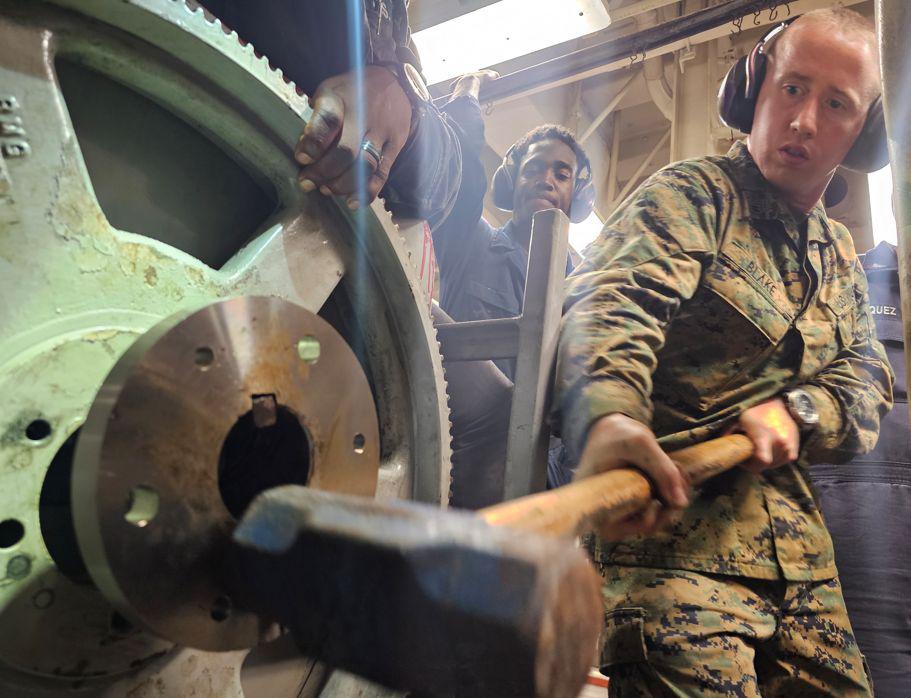
In addition, the 3D printed components manufactured with the SAMM Tech system require no additional post-processing or heat treatment, making Snowbird mobile additive manufacturing technology with Meltio wire laser 3D printing head particularly suitable for military applications where robust metal parts are needed at short notice.
This all-in-one capability ensures operational readiness while minimising logistical delays, demonstrating the potential of hybrid manufacturing technology in modern defence scenarios.

3. Advantages of Meltio technology
Leveraging Meltio’s cutting-edge 3D printing technology brings transformational benefits to the naval sector, optimising operations, reducing costs and increasing mission effectiveness.
Here’s how:
- Efficient material management: Meltio’s ability to convert spools into precise shapes eliminates the need to store bulky raw materials such as billets or blocks. This significantly reduces storage space requirements, streamlines material handling and improves logistics.
- Increased autonomy: Traditional spare parts storage takes up considerable space on board and is costly. Meltio enables spare parts to be manufactured on-site, reducing dependence on external suppliers and eliminating delays caused by costly deliveries. Vessels become more self-sufficient, improving operational efficiency and minimising downtime.
- Cost-effective repairs: Beyond the production of new parts, Meltio facilitates the repair of damaged components, providing a more cost-effective solution compared to producing replacements from scratch.
- Customization for special needs: The naval sector often requires bespoke parts for unique missions and ship configurations. Meltio’s technology excels at creating complex, customised components, ensuring ships are equipped with exactly what they need, capabilities that traditional manufacturing struggles to match.
- Increased mission resilience: By enabling on-demand production of parts and repairs directly on board ships, Meltio increases operational resilience. Naval vessels can remain fully operational in remote or challenging environments without relying on external supply chains or frequent returns to port.
- Eco-friendly solution: Meltio aligns with sustainability goals by reducing material waste with near-net-shape parts and logistics-related CO2 emissions. On-demand production minimises excess material usage, while fewer shipments reduce the environmental footprint, meeting the growing demand for greener military operations.
Meltio’s advanced technology provides the naval sector with streamlined processes, increased independence and sustainable practices, enhancing operational readiness and adaptability to modern challenges.
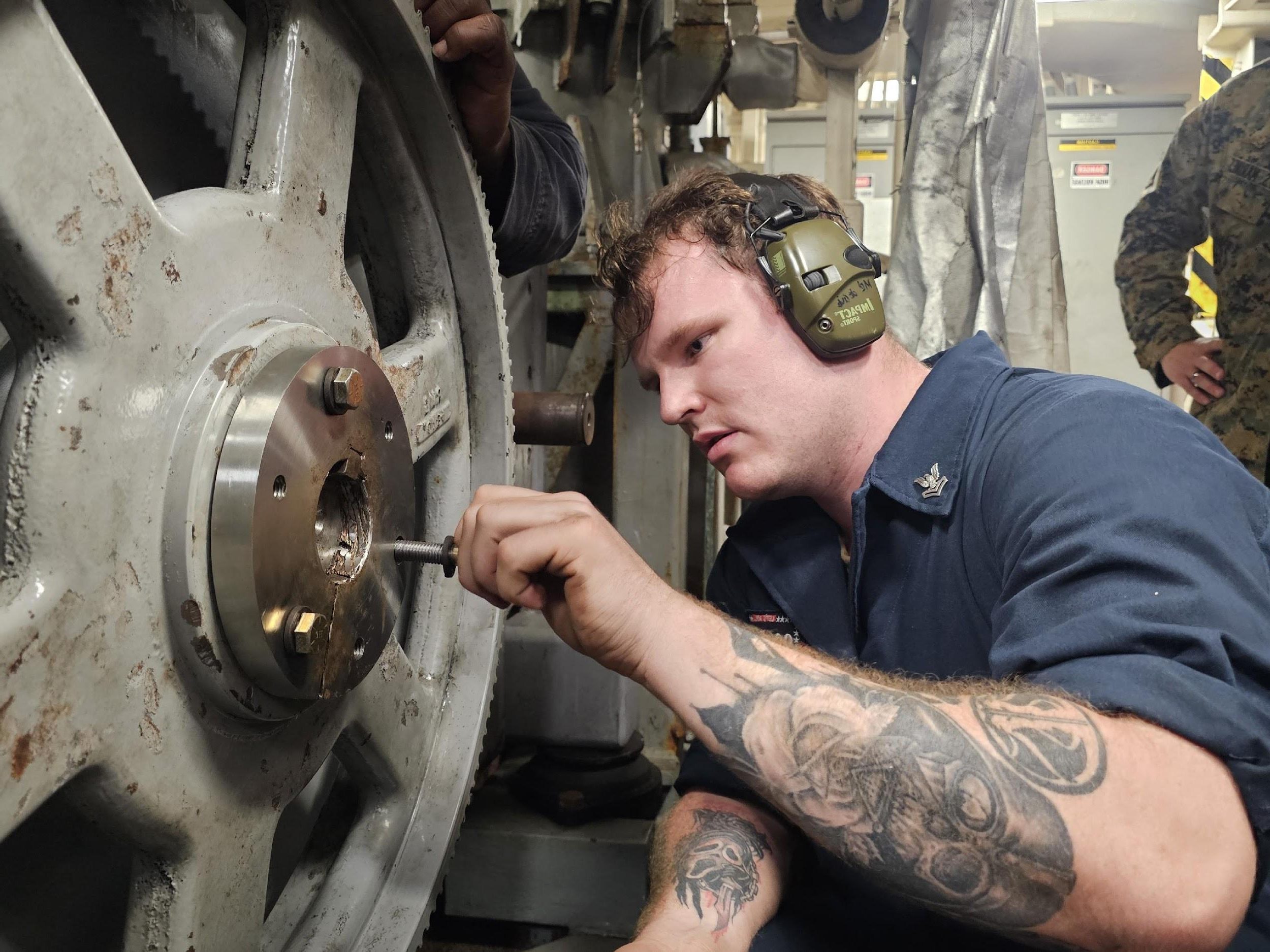
4. Conclusion
In summary, this trial underscores the potential of advanced 3D printing technology to revolutionise military supply chains by drastically reducing the delivery time of critical parts from days to just hours. By enabling operators to fabricate, mill and finish repair or replacement parts on-site and on-demand, this approach ensures unparalleled flexibility and resilience, even in the most remote or unstable environments.
SAMM Tech’s ability to produce 3D printed components without the need for post-processing or heat treatment makes it particularly suitable for military applications that require rapid deployment of metal parts, reinforcing its value in ensuring operational readiness and efficiency.
“If the crew had to rely on a replacement part without using additive manufacturing, it would have taken weeks or months (…) With this technology, we’ll have the new component printed and ready for installation before the order for a replacement would be completed.”
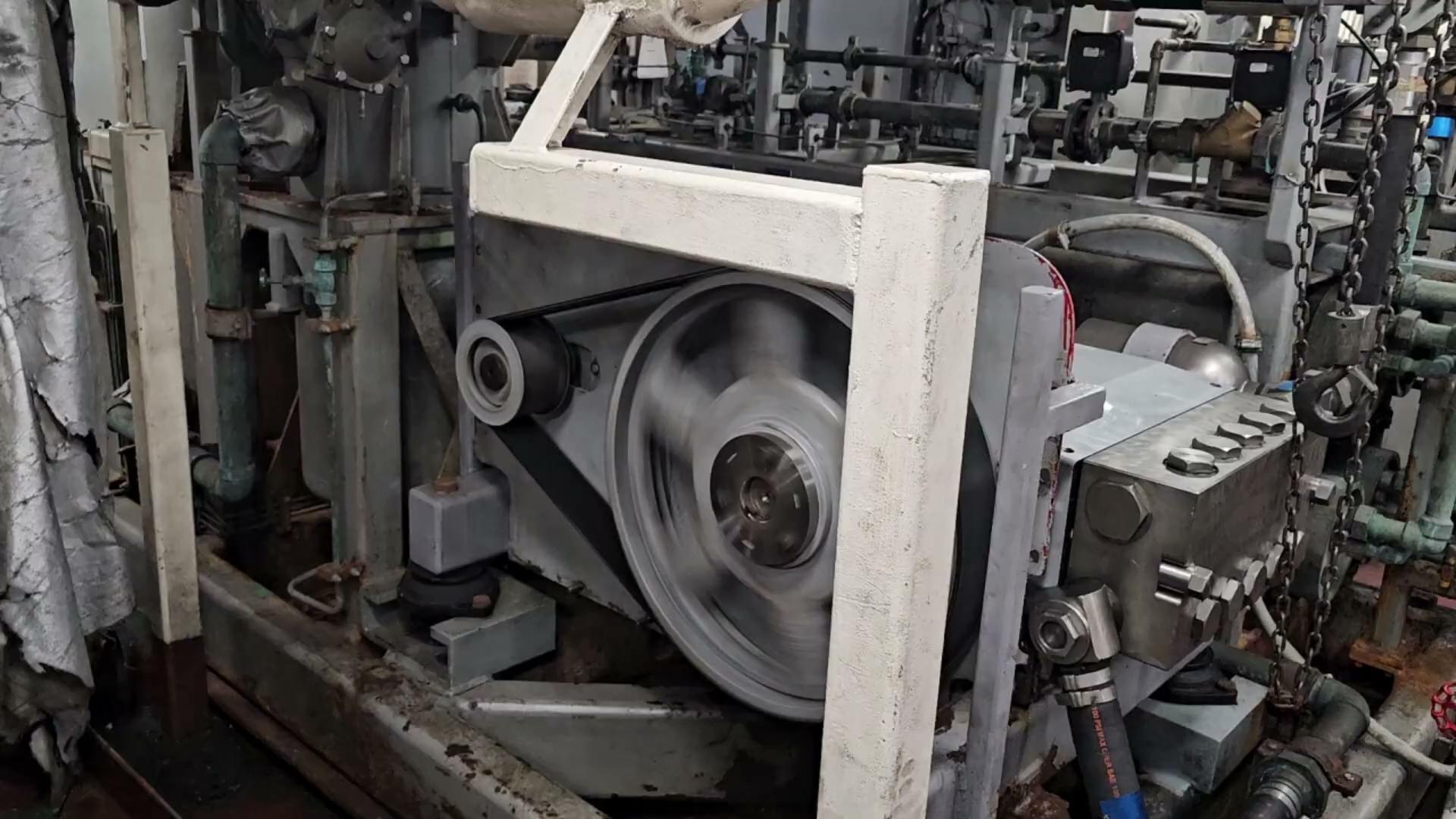
Meltio’s hybrid-metal 3D printing technology has set a new standard for naval engineering. By enabling the USS Somerset to address a critical failure during RIMPAC 2024, it demonstrated the transformative potential of advanced manufacturing.

